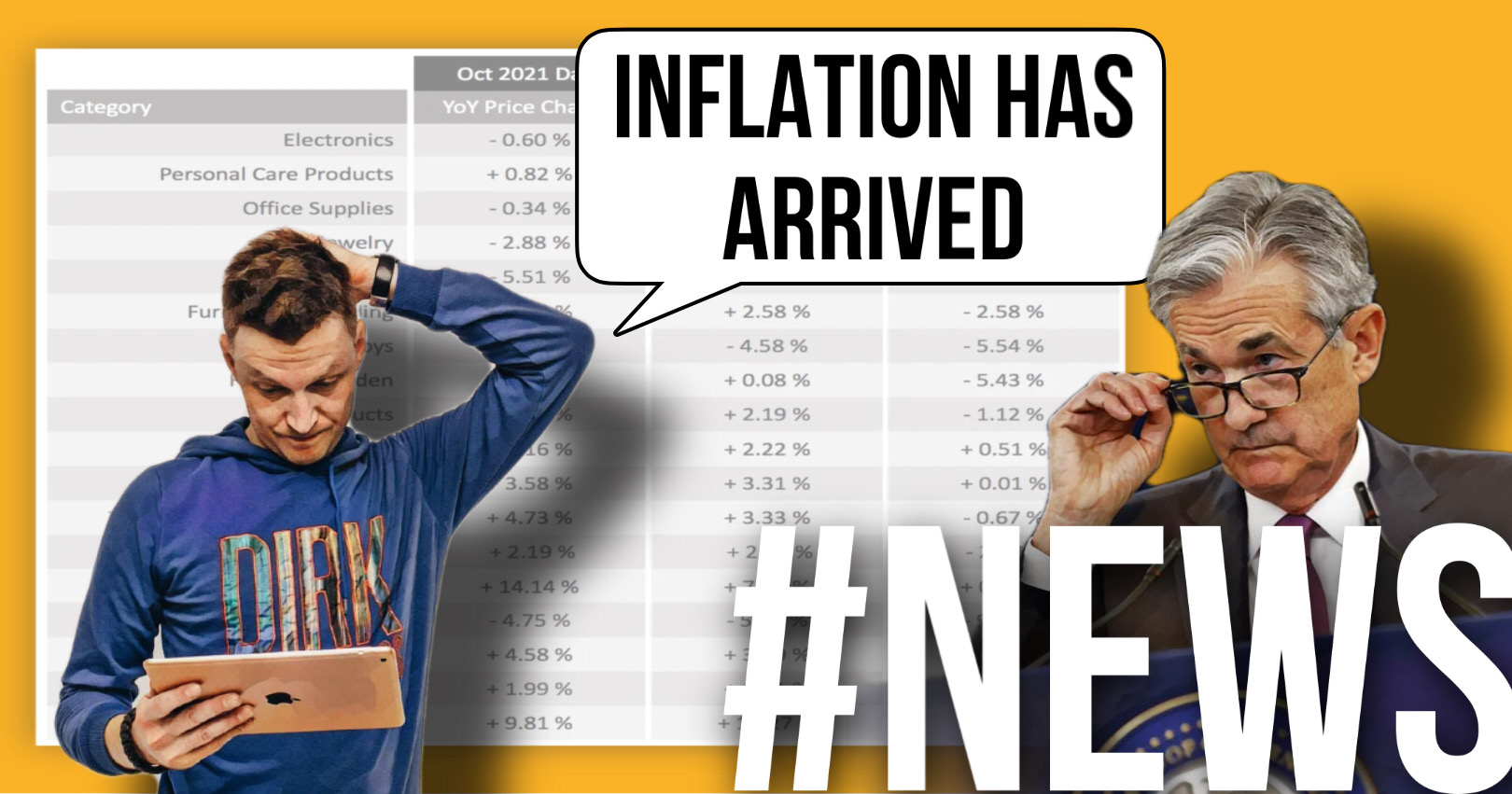A recent report by Adobe shows that e-commerce is experiencing many of the same pricing pressures in the broader economy due to supply chain problems, higher shipping and labor costs.
Online prices rose 1.9% in October from a year earlier and 0.9% from the previous month. It marks the 17th straight month of increases after more than six years of declines in the Adobe Digital Price Index.
This year among the 18 product categories tracked by Adobe, all but one (books) saw higher prices online when indexed to a historical average (2015 to 2019). This was particularly notable in categories that see an uptick in spend during the holiday shopping season, such as electronics and apparel.
“After 17 consecutive months of online inflation, we are entering a new normal in the digital economy. As e-commerce takes on a greater share of overall retail, the pricing trends have become a more important indicator of net impact to consumers”, says says Vivek Pandya, lead analyst of Adobe Digital Insights.
Also, last month consumers saw over 2 billion out-of-stock messages online, according to the Adobe report. Ongoing supply-chain disruptions and strong demand will probably keep pushing prices up.
The silver lining is that online price increases remain far below overall inflation, which rose 6.2% last month in the US, the fastest annual pace since 1990, notes Bloomberg.
Adobe analyzes 1 trillion visits to retail sites and over 100 million products.
More Amazon news

Amazon is going to need a lot of robots
Amazon wants to ship you anything in 30 minutes Analysts predict that Amazon will try to add robots and automation to its entire operation. It is inevitable given Amazon's focus on efficiency and pleasing customers. Amazon is burning through billions to...

Former Amazon executive on the 5-star rating system
Amazon rating system developers ended up being too protective of it According to the former Amazon executive, the online ratings and reviews model was a good solution at first, but the team ended up being too protective of it. Dan Lewis spent many years at...

Nike stops selling its products on Amazon
Nike is just ‘tip of the iceberg’ of companies ditching Amazon Nike’s decision to stop selling merchandise to Amazon is the start of brands opting to go directly to consumers, says internet entrepreneur Tim Armstrong. “The direct-to-consumer movement will...


